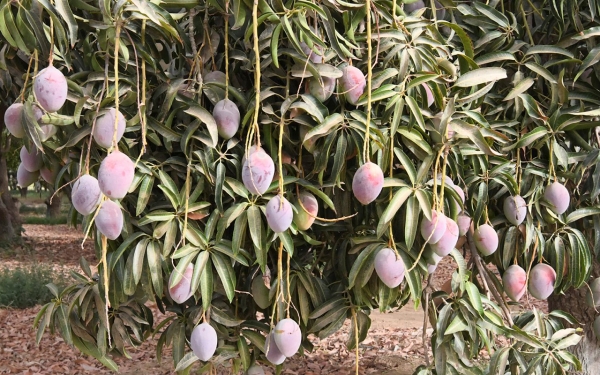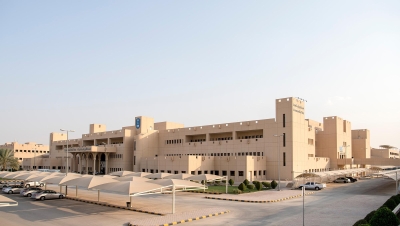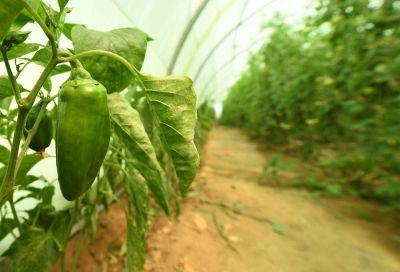

Mango Cultivation in the Kingdom of Saudi Arabia, mango cultivation actively started in Jazan Province, in the southwest of Saudi Arabia in 1982. The province now encompasses around one million trees of sixty cultivars, with an annual production rate of about sixty-five thousand t, part of which is exported across the globe. A local festival is held yearly to celebrate the mango harvest season.
The mango harvest season begins in Saudi Arabia in mid-March and peaks in May. Harvested cultivars include Mallika, Glenn, Zebda, Langra, Tommy Atkins, Kensington Pride, Carabao, Julie, Zill, and Hindi. Local mango cultivation is one of the targets of the Agricultural Rural Development Program, aimed at improving the agricultural rural sector, expanding and developing the cultivation of this fruit, encouraging farmers, and increasing the numbers of farms and trees for growing production.
Overview of mango cultivation in Saudi Arabia
The Agricultural Research Center in Jazan Province houses the oldest mango tree planted in Saudi Arabia. The tree measures around thirty m and was planted in 1972 as an experiment. Mango farms were then officially introduced in Saudi Arabia.
The Agricultural Research Center in Jazan Province cooperated with the Food and Agriculture Organization of the United Nations (FAO) in introducing global cultivars of mango for planting. Crops were brought from their country of origin, such as the Arab Republic of Egypt, Sudan, the United States, Australia, India, and Kenya, where the environmental conditions are similar to Jazan. Research and studies were later conducted until mango cultivation expanded in the province, which became a producer of this fruit.
Mango cultivars in Saudi Arabia
Planted mango cultivars in Saudi Arabia are classified in accordance with the characteristics of each, including planting date, country of origin, size, color, and maturity index, as follows:
- Mallika: Planted in 2008 and native to India, these medium-sized fruits turn yellowish orange when ripe. They are harvested from May to the beginning of July.
- Glenn: Planted locally in 1988 and native to Florida, USA, these medium-sized fruits ripen from mid-April to May. When ripe, they turn yellow-orange.
- Zebda: Planted in Saudi Arabia in 1984 and native to Egypt, these large fruits turn green when ripe. They are harvested in May.
- Langra: Planted in 2008 and native to India, these medium-sized fruits turn yellow when ripe. They are harvested from April to mid-May.
- Tommy Atkins: Planted locally in 1998 and native to Florida, USA, these large fruits turn red or orange when ripe. They are harvested from April to the end of May.
- Kensington Pride: Planted in 1998 and native to Australia, these medium-sized fruits turn yellow-orange when ripe. They are harvested from April to mid-May.
- Hindi: Planted in 1988 and native to Egypt, these medium-sized fruits turn green when ripe. They are harvested from the end of March to the beginning of May.
- Carabao: Planted in Saudi Arabia in 1989 and native to the Philippines, these small fruits turn orange when ripe. They are harvested from April to May.
- Einab Yemeni: Native to the Republic of Yemen, these small fruits turn yellow when ripe. They are harvested from April to May.
- Julie: Planted locally in 1986 and native to Florida, USA, these medium-sized fruits turn vermilion when ripe. They are harvested from the end of April to May.
- Dabsha: Planted in Saudi Arabia in 2010 and native to Egypt, these large fruits turn orange when ripe. They are harvested from May to the beginning of June.
- Zill: Planted locally in 1984 and native to Florida, USA, these medium-sized fruits turn yellow when ripe. They are harvested from May to mid-June.
- Palmer: Planted in Saudi Arabia in 1998 and native to Florida, these medium-sized fruits are harvested from May to the beginning of July.
There are also other mango cultivars, such as: Sensation, Maljuba, al-Khad al-Jamil, Kabnaya, Brebu, Royal, Nam Dok Mai, Mahachanok, Valencia Pride, Neelam, Turpentine, Sapri, Kesar, Taymour, Kajal, Sukari, Najwa, Hindi Sanarah, Haden, Sindhri, Fagri Kalan, and Misk.
Efforts of the Ministry of Environment, Water, and Agriculture (MEWA) in the field of mango cultivation in Saudi Arabia
Through the Agricultural Research Center, MEWA offers many services to farmers that contribute to the development of mango cultivation and increase its production. Services include soil and water analysis for determining suitable cultivars and fertilization programs, in addition to conducting field visits, issuing recommendations and technical guidelines, and offering seedlings for farmers at a minimal cost.
Generally, mango trees are planted in deeply plowed fields. Trees live up to around one hundred years. They start to bear fruits as of their fourth year of planting. Produce increases from the eighth year of the tree's lifecycle until its fifteenth year. Trees are usually harvested in April and May of every Gregorian year. They offer their best fruits when planted in warm and humid climates.
Suitable environment for mango cultivation in Saudi Arabia
To ensure successful mango cultivation, it's essential to select the right type of agricultural land. Optimal locations for growing mangoes are characterized by light yellow soils, deep loams, or gravelly terrains, possessing good drainage and well-balanced acidity. These conditions are most favorable for mango cultivation, particularly with a humid climate and relatively higher temperatures.
Mango trees grow where the air and soil are humid. Humidity mitigates leaf scorching resulting from elevated temperatures. However, budding, flowering, and fruit ripening require a dry season.
Mango festival in Saudi Arabia
The first season of the mango festival in Saudi Arabia was launched in 2005. The festival has been held ever since as a tourism festival in Jazan where various cultivars of mango planted in the province are exhibited along with some other fruits, such as guava, figs, and bananas.
Mango is planted in the governorates of Jazan, including Baish, Abu Arish, and Sabya governorates. Farm production cycles are different for every governorate in accordance with their nature.
Related quizzes

